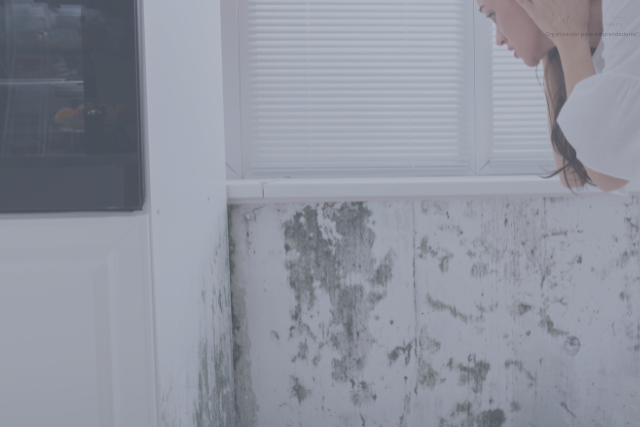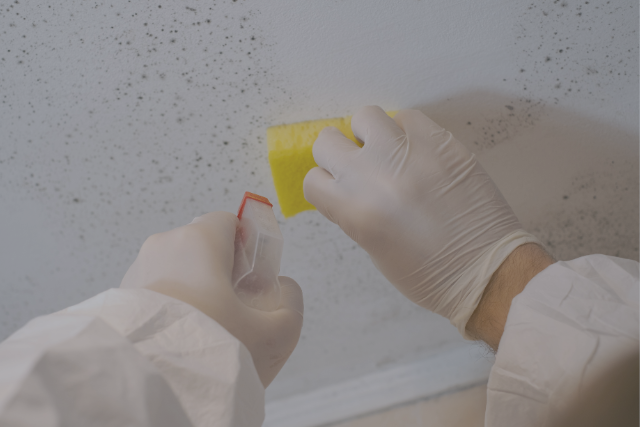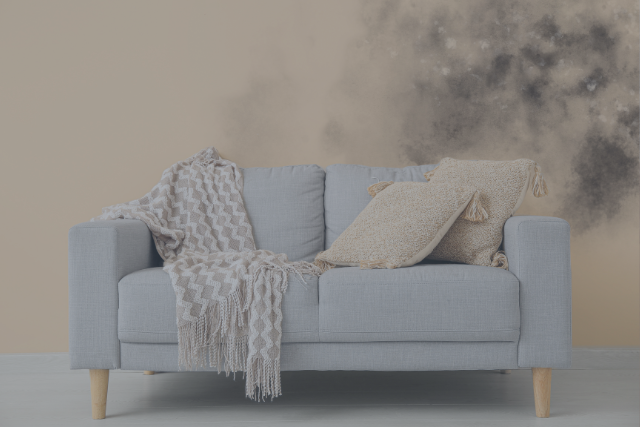The presence of mold inside a home or commercial space isn’t a random event. It’s the direct result of a combination of physical and environmental factors that, together, create the perfect setting for mold to grow. Among these, poor ventilation, the wrong choice of materials, and sustained indoor humidity are some of the most critical contributors—especially in cases where a technical mold inspection in residential drywall reveals hidden moisture not visible to the eye.
During a professional mold inspection, one of the main goals is to evaluate these structural conditions—factors that often go unnoticed. Visible mold is just the symptom; the real issue lies in what allowed it to appear in the first place.
Ventilation: Balancing Indoor Airflow
This is especially common in bathrooms without exhaust fans, closed-off kitchens, built-in closets with no airflow, attics, basements, or sealed spaces, and offices with blocked or poorly maintained HVAC systems.
When air can’t circulate properly, the humidity generated by daily activities like showering, cooking, or even breathing remains trapped in the environment. This raises the relative humidity levels and causes a thin layer of moisture to form on porous materials like wood, drywall, or concrete—creating ideal conditions for mold colonies to grow. In many cases, a technical mold inspection in residential drywall helps uncover hidden moisture buildup that would otherwise go unnoticed.
During a technical assessment, we measure indoor humidity and observe condensation and ventilation patterns to determine whether the current airflow setup is contributing to mold risk.
Materials: The Type of Surface Matters
Mold needs three things to grow: moisture, stable temperature, and an organic surface. The materials used in a home or building directly influence how quickly and deeply mold can spread.
Some of the most vulnerable materials include drywall, which easily absorbs moisture and can host mold within without showing visible signs; untreated wood, whether natural or MDF, which acts as a food source for spores; carpets and textiles, which trap humidity and offer warmth and shade—ideal conditions for fungal growth; and contaminated insulation, especially if it’s poorly installed or has gotten wet due to leaks.
In an inspection, we don’t just look for visible mold. We check for signs of moisture absorption or material degradation. The wrong material in the wrong place can turn a small leak into a case of environmental contamination.
Ambient Humidity: The Defining Factor
Ambient humidity is measured in relative humidity percentage (RH). When that number consistently stays above 60%, the risk of mold increases dramatically. If it rises above 70%, mold growth becomes highly likely.
The most common sources of indoor humidity include roof, window, or foundation leaks; hidden pipe leaks; condensation caused by temperature differences (for example, cold air hitting a hot surface); moisture coming up from the ground when no vapor barrier is in place; and a lack of dehumidification in humid climates.
During a professional inspection, we take humidity readings in multiple areas throughout the property, including walls, ceilings, and floors. We also use thermal cameras and moisture meters to identify hidden accumulations and saturation caused by capillary action.
Why It’s Critical to Evaluate All Three Factors Together
On their own, ventilation, materials, and humidity may not seem like an immediate threat. But when combined, they create the perfect storm for mold development.
A home with porous materials, poor airflow, and constant humidity can have mold growth—even without visible leaks. An office with dirty ducts, no fresh air circulation, and old carpet can host active spores in the air, without showing a single stain.
That’s why at SpotMold, we don’t just look for visible mold. We evaluate structural conditions, spatial design, material choices, and humidity levels to identify whether the environment is currently promoting mold—or is likely to in the near future.
When we inspect, we’re not selling you a solution. We’re delivering a technical diagnosis of what’s actually happening. In many cases, mold is just the outcome. What truly makes a difference is understanding why it’s forming, what’s feeding it, and how to prevent it from coming back.
If you suspect there may be a mold or moisture issue in your property—or if you simply want to confirm that your indoor environment is under control—schedule an inspection. Prevention is always more affordable, and far safer, than fixing the problem too late.
If you want to better understand how we detect and prevent indoor mold risks, explore our step-by-step inspection process, where we assess ventilation, materials, and humidity with certified tools. You can also review our article on the most common types of mold and their health effects to see how different molds impact your well-being. For official guidance, the EPA Mold Guide provides reliable information on mold prevention and air quality. And if you’re ready to take action, schedule your free mold inspection today.



